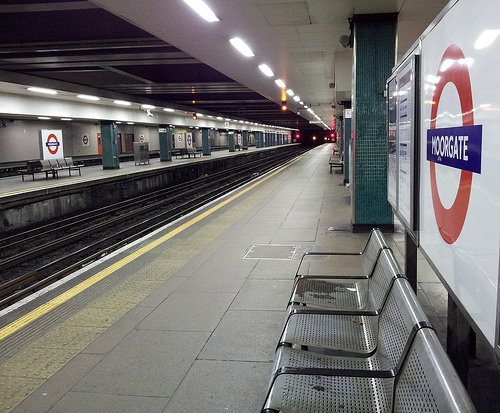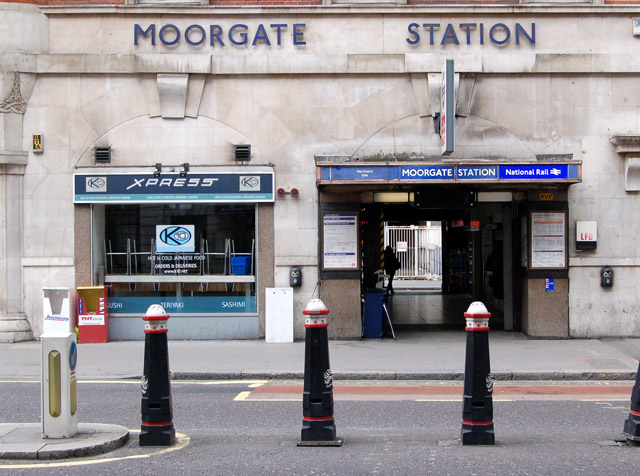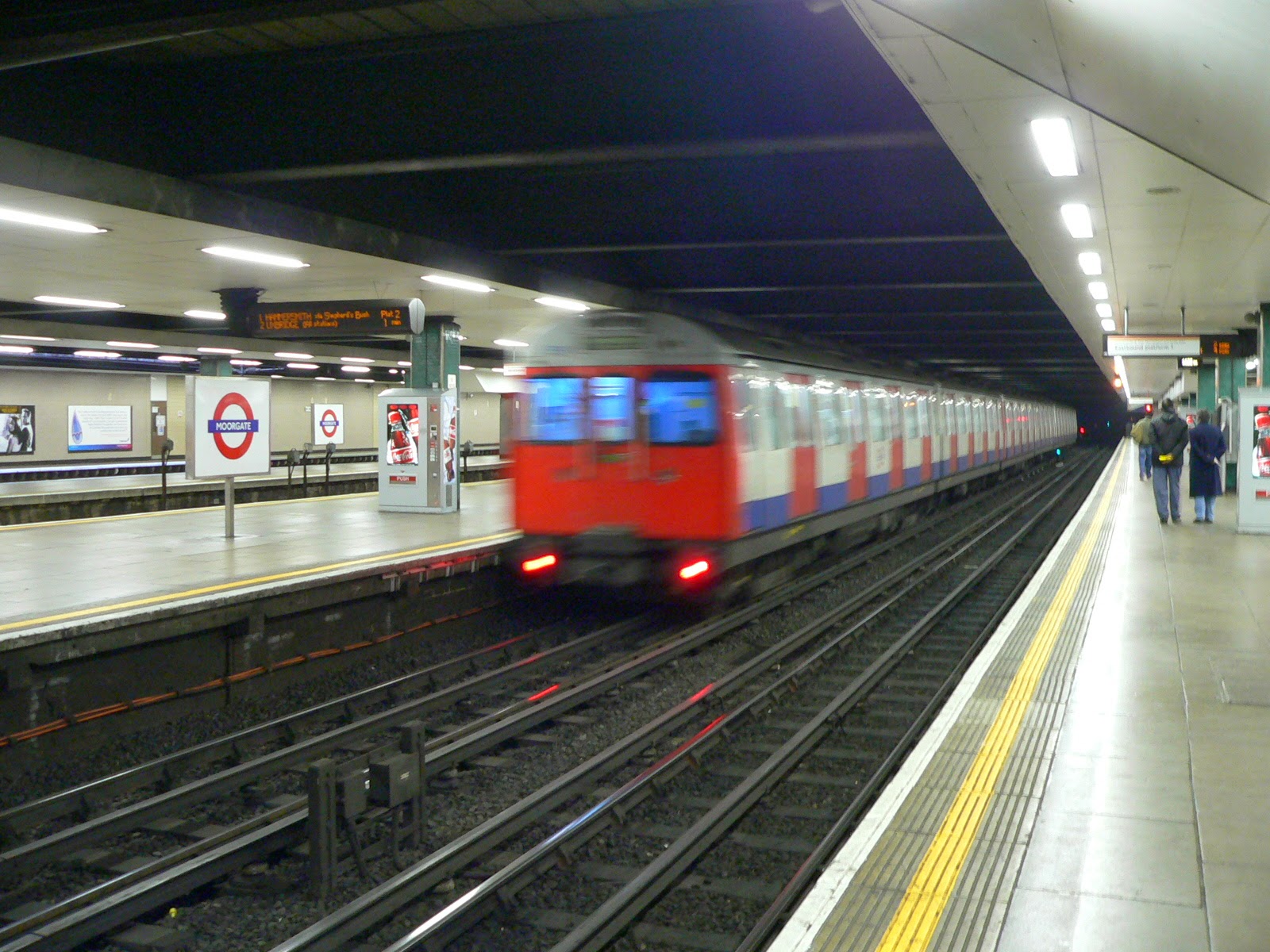The earliest descriptions of Moorgate date from the early 15th century, where it was described as only a postern in the London city wall. Located between Bishopsgate and Cripplegate and leading to a moor known as Moorfields, it was not one of the larger or more important of the city gates. In 1415 an ordinance enacted that the old postern be demolished. It was replaced with a newer and larger structure located farther to the west, which included a wooden gate to be shut at night. Although the City gates had ceased to have any modern function apart from decoration, it was replaced along with Ludgate, Newgate, and Temple Bar with a stone gate in 1672. The Moorfields were one of the last pieces of open land in the City of London. The fields were divided into three areas: the Moorfields proper, just inside the City boundaries, north of Bethlem Royal Hospital (also known as Bedlam, Europe's oldest psychiatric hospital), and Middle and Upper Moorfields (both also open fields) to the north. In addition, the London Dispensary for curing diseases of the Eye and Ear was founded on the Moorfields in 1805, and evolved to become the present Moorfields Eye Hospital, which is now located on City Road (known popularly from the second verse of the nursery rhyme Pop Goes the Weasel), and is close to Old Street station.
The station was opened by the Metropolitan Railway in December 1865 when it extended its original route between Paddington and Farringdon. Increasing traffic by other companies, including goods traffic, led to the line between King's Cross and Moorgate being widened to four tracks in 1868; the route was called the 'City Widened Lines'. Suburban services from the Midland Railway ran via Kentish Town and the Great Northern Railway ran via King's Cross. British Rail services to Moorgate were initially steam-operated before being converted to Cravens-built diesel multiple units and British Rail Class 31 locomotives class hauling non-corridor stock which remained in operation until the mid-1970s. The Circle, Hammersmith & City and Metropolitan lines of the Underground system all use platforms 1 and 2, which are through platforms. For turning trains back at busy times, there are platforms 3 and 4 which are west-facing bays. Adjacent to these are platforms 5 and 6 of the former Thameslink trains service from Bedford and Luton. These are disused following the closure of the Moorgate branch from Farringdon junction as part of the Thameslink programme. The station has a waiting rooom and wi-fi, cash machines, Euro cash machines, payphones, escalators, help points and a bridge.
Connections: National Rail. Circle, Metropolitan, Northern Line. London Buses routes 21, 43, 76, 100, 141, 153, 214, 271 and night routes N21, N76, N133 serve the station.


